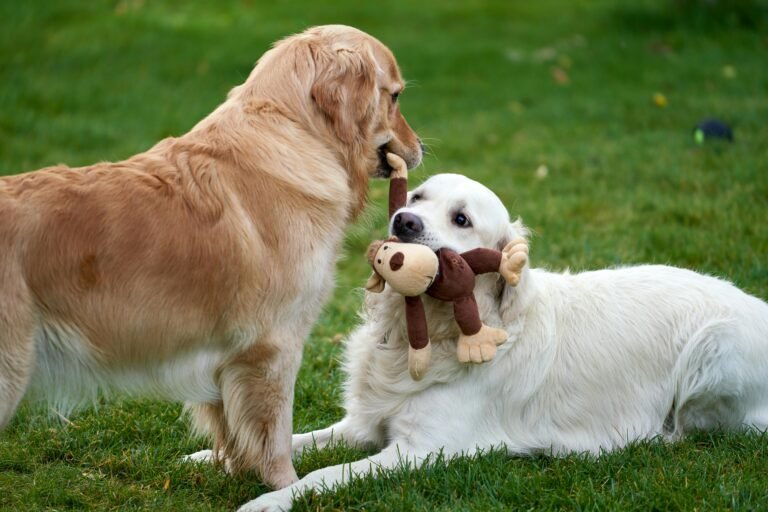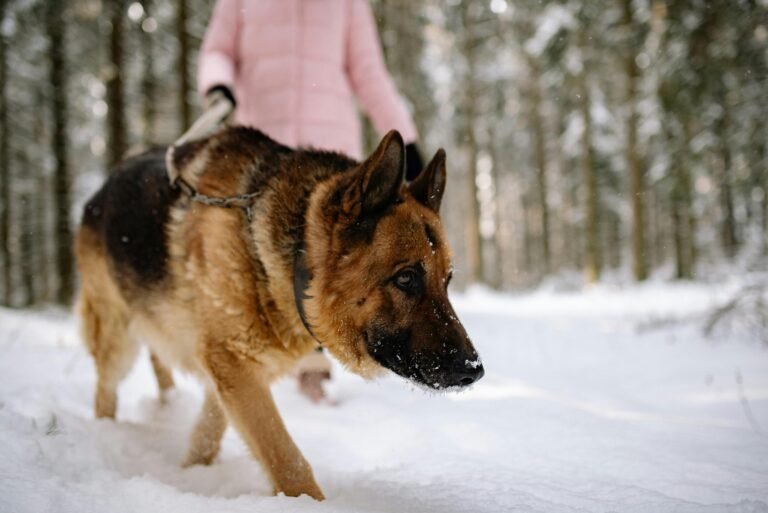Keeping our canine companions mentally and physically engaged is one of the most rewarding parts of pet ownership. While daily walks and games of fetch are great, some dogs crave more structured challenges. That’s where dog sports come in. These organized activities allow dogs to use their natural instincts and energy in fun, constructive ways. From high-speed relay races to leaping off docks into sparkling water, canine sports provide an outlet for dogs of all ages and abilities and strengthen the bond between pet and owner. Whether you have a playful puppy or a seasoned athlete, there’s a sport out there that will make tails wag and hearts race.
In addition to being downright fun, dog sports offer numerous benefits. Regular participation can improve your dog’s physical fitness, reduce destructive behaviors born out of boredom, and build confidence through mastering new skills. Many sports also emphasize teamwork and communication, deepening the trust between you and your dog. Competitive events provide opportunities to meet other dog lovers and share tips, but there’s no pressure to win – the emphasis is on having a good time and celebrating each dog’s unique talents. Let’s explore three popular sports that are accessible to beginners: flyball, dock diving, and treibball.
Flyball
Flyball is a fast-paced relay race that pits two teams of four dogs against each other over a series of hurdles. Originating in the late 1970s as a fun demonstration at dog shows, it has evolved into an international sport with its own governing bodies and tournaments. Each dog races down a lane of low jumps, triggers a spring-loaded box that launches a tennis ball, catches the ball, and sprints back over the jumps. The next team member goes as soon as the returning dog crosses the finish line, and the first team to have all four dogs complete the course without errors wins. The combination of speed, coordination, and excitement makes flyball irresistible to enthusiastic dogs – and an exhilarating spectacle for spectators.
Training for flyball focuses on teaching your dog to safely clear the jumps, trigger the box with its paws, and return straight back to you with the ball. Many clubs use positive reinforcement techniques and break down the skills into small steps, starting with simple recalls and gradually adding hurdles and the box. Because the jumps are only a few inches high and the emphasis is on enthusiasm rather than breed standards, flyball is inclusive of all shapes and sizes. Border collies and whippets are stars due to their speed, but you’ll also see Jack Russell terriers, poodles, and mixed breeds zooming down the lanes. The only requirements are a love of running and an eagerness to play with a ball.
Participating in flyball not only expends your dog’s energy, but also sharpens focus and self-control. Dogs learn to wait at the start line, avoid distractions from the opposing team, and hand off the baton (in this case, the ball) smoothly. Many shy dogs blossom in the supportive team environment, and high-strung dogs learn to channel their intensity into a structured activity. Flyball tournaments foster a friendly community where veteran handlers are happy to help newcomers, making it easy for beginners to get involved.
Dock Diving
If your dog loves water, dock diving might be the perfect sport. Also known as dock jumping, this competition challenges dogs to leap from a dock into a pool or pond and achieve impressive distances or heights. The sport originated from spontaneous canine antics at lakeside gatherings and has grown into a regulated event with multiple organizations hosting regional and national championships. There are two primary disciplines: distance jumping, where the dog leaps as far as possible after sprinting down a dock, and vertical jumping, where dogs leap to grab a suspended bumper at a set height.
Getting started with dock diving is surprisingly accessible. Most dogs instinctively know how to swim, but it’s important to introduce your dog to water gradually and ensure they are confident before attempting jumps. Start by playing fetch at the water’s edge and gradually move to the dock. Teach your dog to wait until you give the release cue before sprinting down the dock to jump. In competition, handlers often throw a favorite toy ahead to encourage a longer leap. Safety is paramount; dogs should always wear a properly fitted life vest when practicing, and handlers should be mindful of water temperature and dock surfaces. Like flyball, dock diving welcomes all breeds. Labrador retrievers, German shepherds, and Belgian Malinois dominate the sport, but smaller breeds and even brachycephalic dogs like French bulldogs have divisions tailored to them.
Aside from being a fantastic way to beat the summer heat, dock diving builds muscle strength, cardiovascular fitness, and coordination. Swimming is a low-impact exercise, making it suitable for dogs with joint issues, while the sprint and leap add an extra burst of cardio. The sport also improves your dog’s confidence in water, and many owners report that timid dogs become braver after mastering a big jump. Competitions are inclusive and festive, with cheering crowds and camaraderie among participants.
Treibball
Treibball, or “push ball,” is a relatively new dog sport that taps into a dog’s herding instincts without requiring livestock. Originating in Germany as a way to keep herding breeds mentally stimulated, treibball involves directing your dog to push large exercise balls into a goal using their nose and shoulders. The handler stands near the goal and uses voice and hand signals to guide the dog as it maneuvers up to eight balls one by one. The challenge requires problem-solving, precision, and a calm demeanor, making it an excellent activity for dogs of all energy levels.
Training for treibball starts with teaching your dog to target objects with its nose or shoulder and gradually introduces the balls. Dogs learn directional cues such as “left,” “right,” and “push,” which are invaluable for other training contexts. Because treibball is non-physical compared to flyball or dock diving, it’s suitable for senior dogs or those recovering from injuries. The mental workout is substantial – dogs must assess ball positions, plan the most efficient route, and respond to handler signals. Many owners find that treibball improves their dog’s impulse control and listening skills while providing a fun alternative to traditional obedience drills.
Conclusion
If you’re intrigued by any of these sports, the best way to begin is by locating a local club or trainer. Beginner classes provide instruction, equipment, and a supportive environment where you and your dog can learn at your own pace. Start with the basics: ensure your dog has a solid recall, understands simple commands, and is comfortable around other dogs. Always prioritize your dog’s safety and health; warm up before exercises, monitor for fatigue, and consult your veterinarian if you have concerns. Most importantly, keep things positive. Celebrate small victories, and remember that the ultimate goal is to have fun together.
Whether your dog is sprinting down a flyball lane, soaring off a dock, or nudging a giant ball across a field, dog sports open up a world of excitement and enrichment. They channel canine energy into purposeful activities, challenge minds and bodies, and bring communities of dog lovers together. Give one of these sports a try, and you may discover a hidden talent in your furry friend – or simply enjoy a new way to play.






